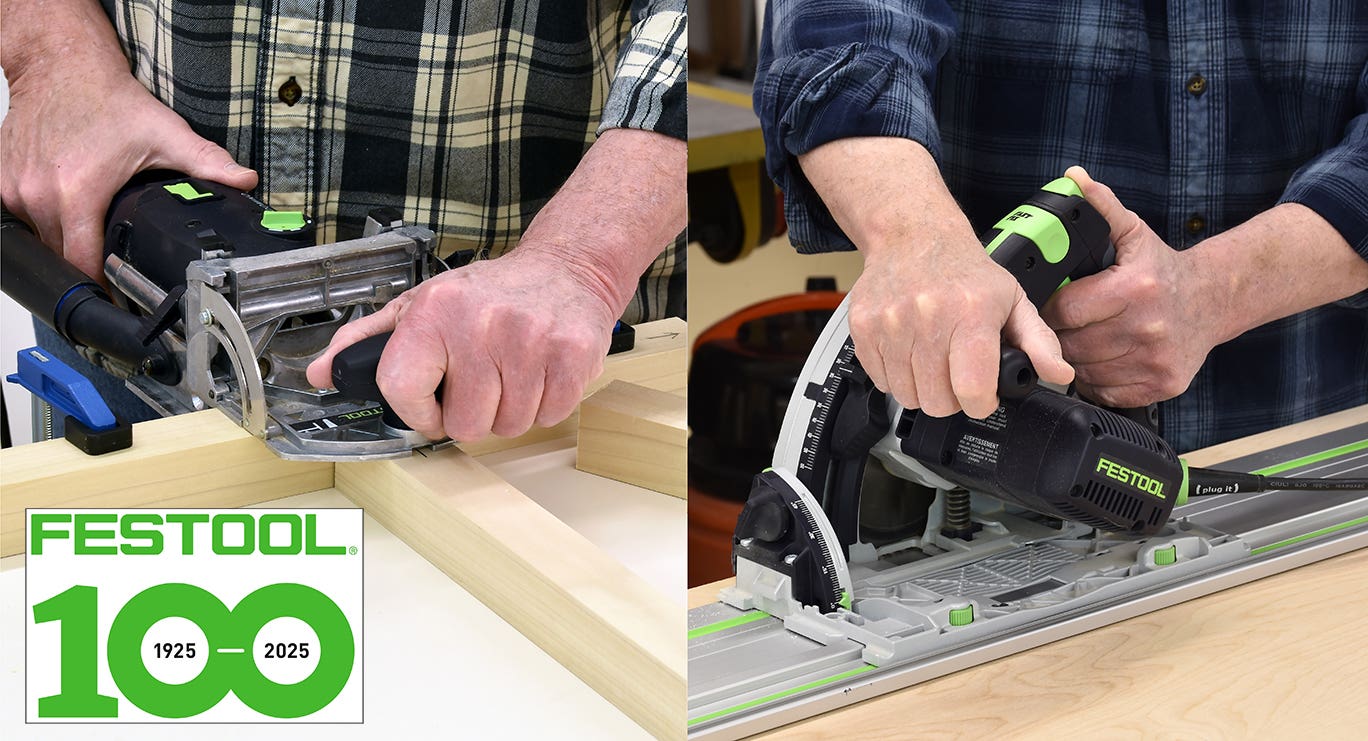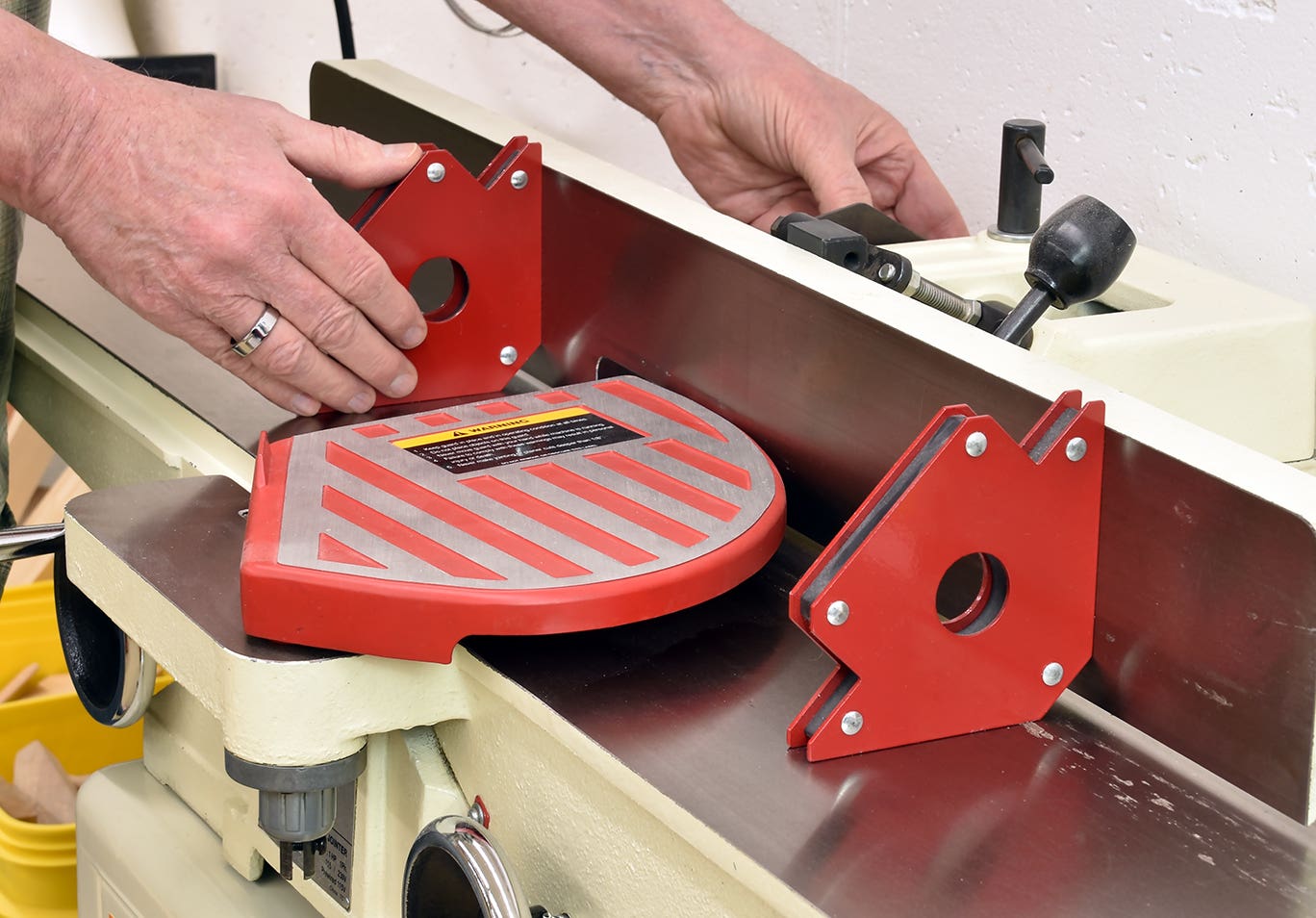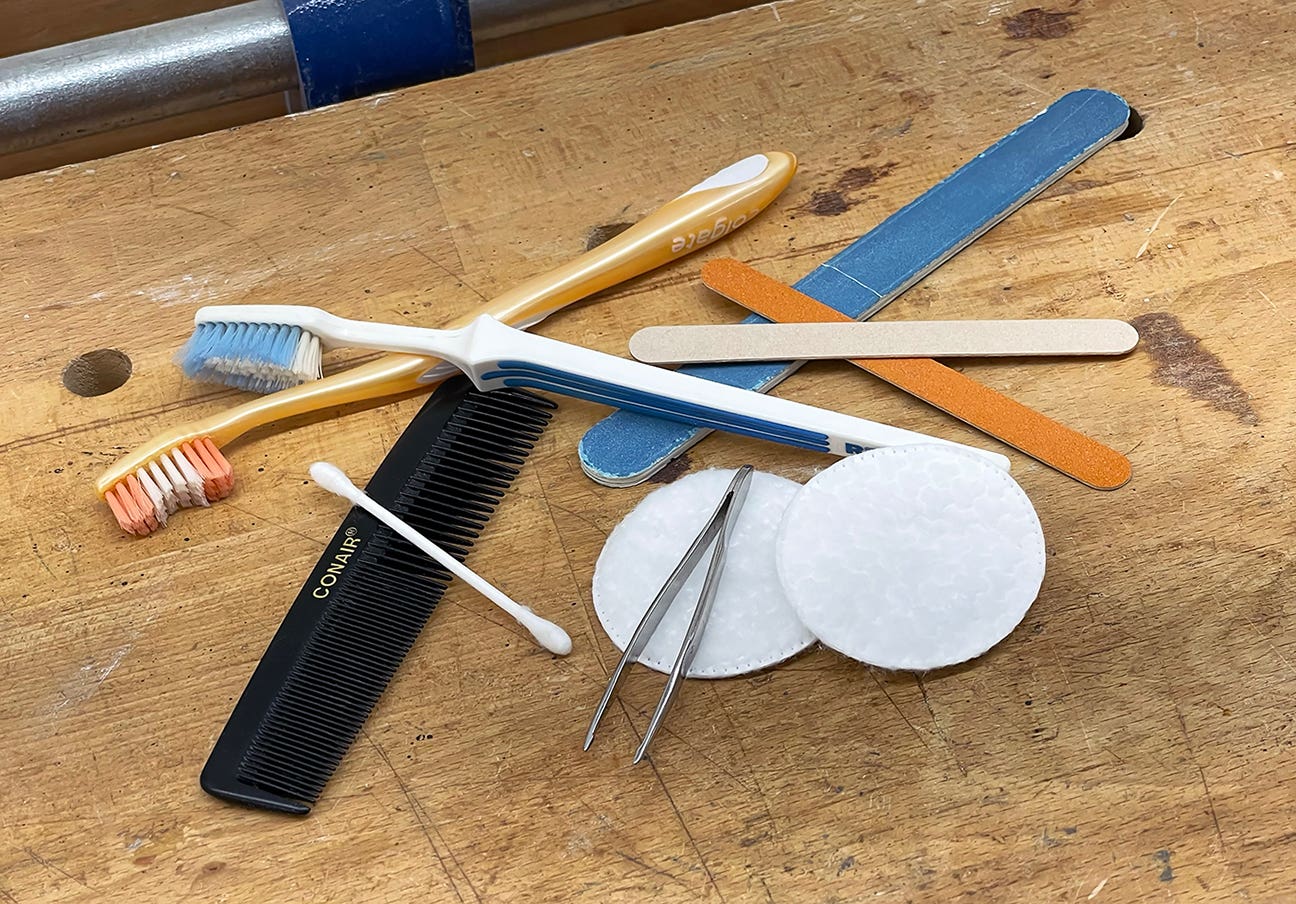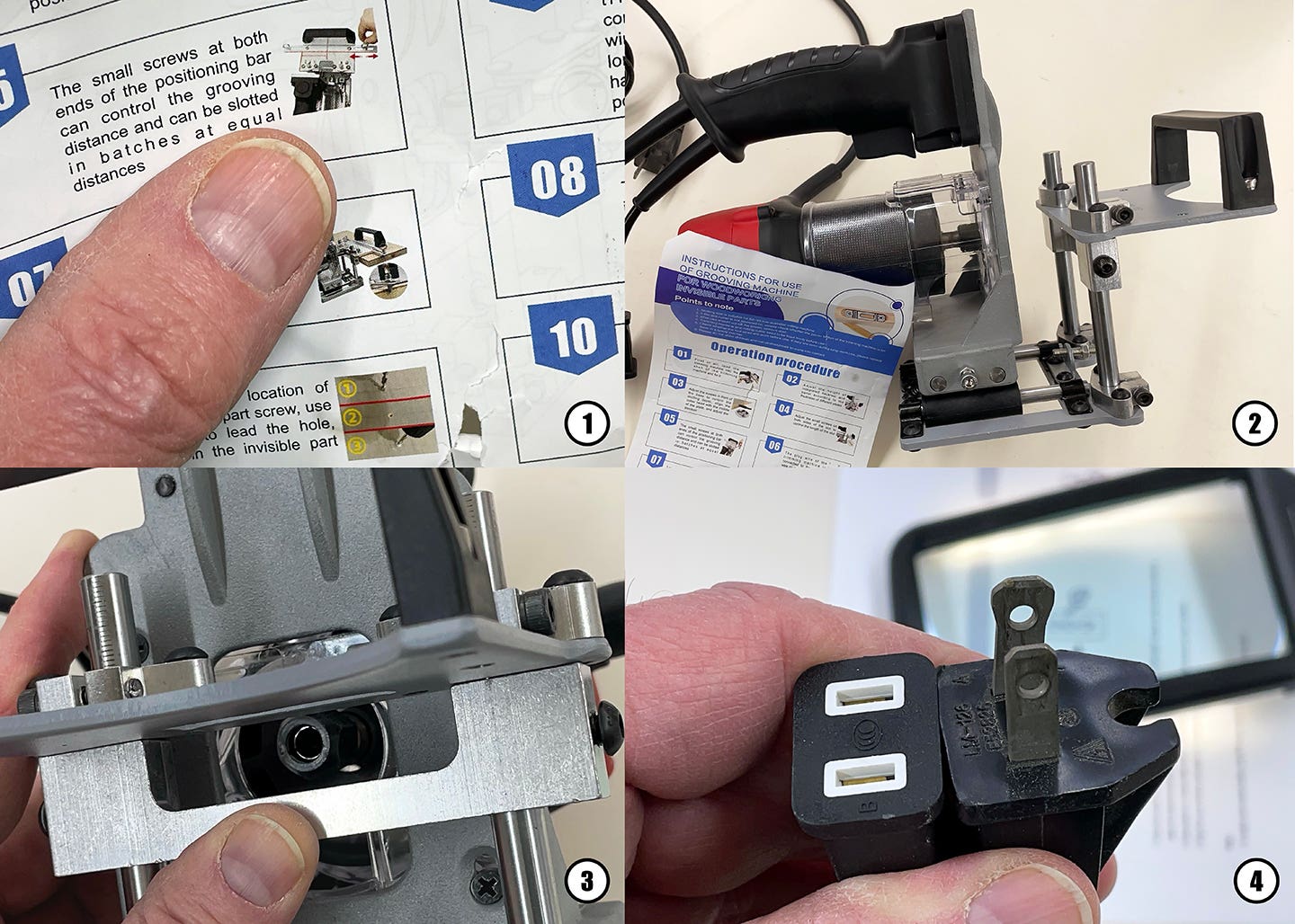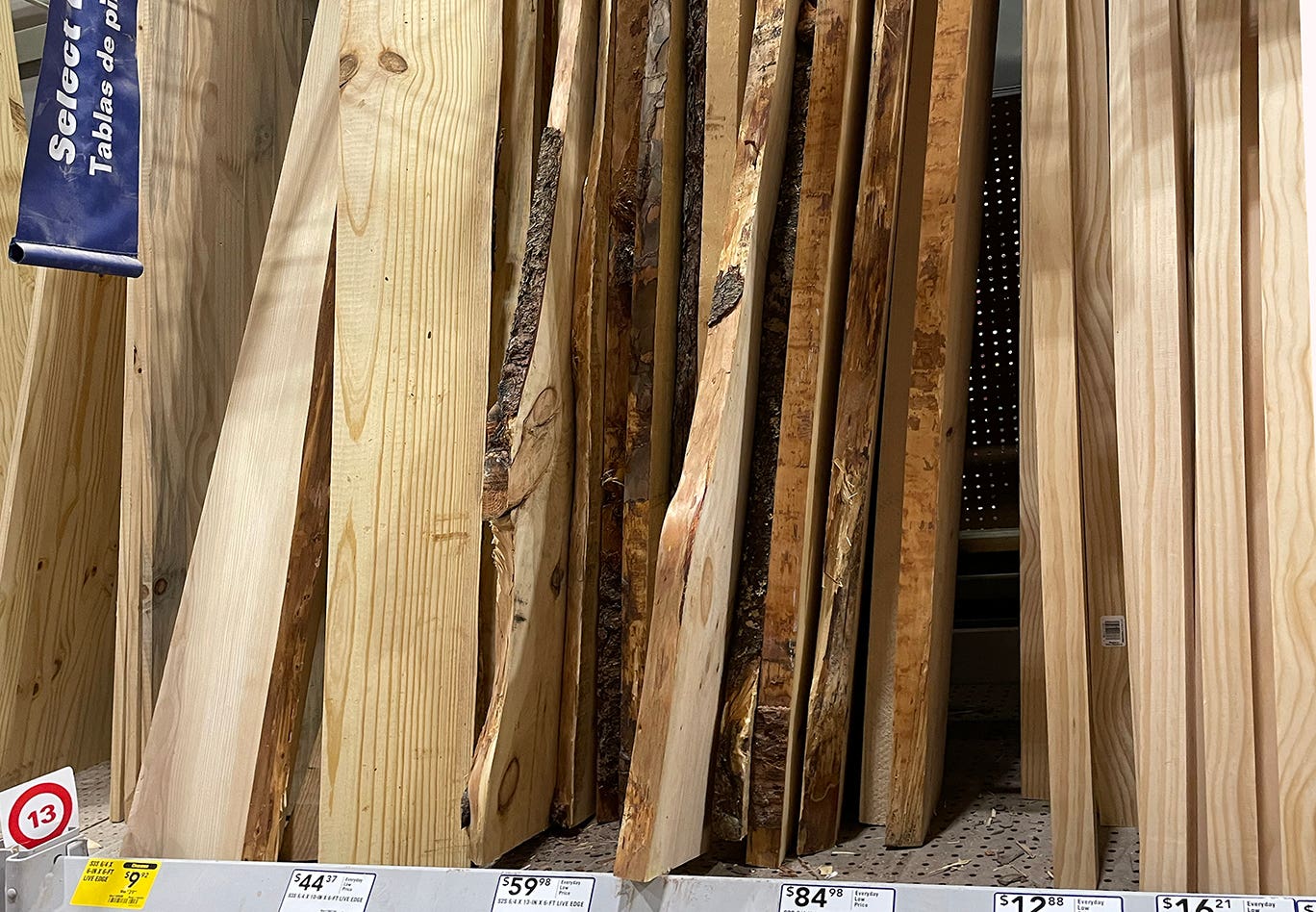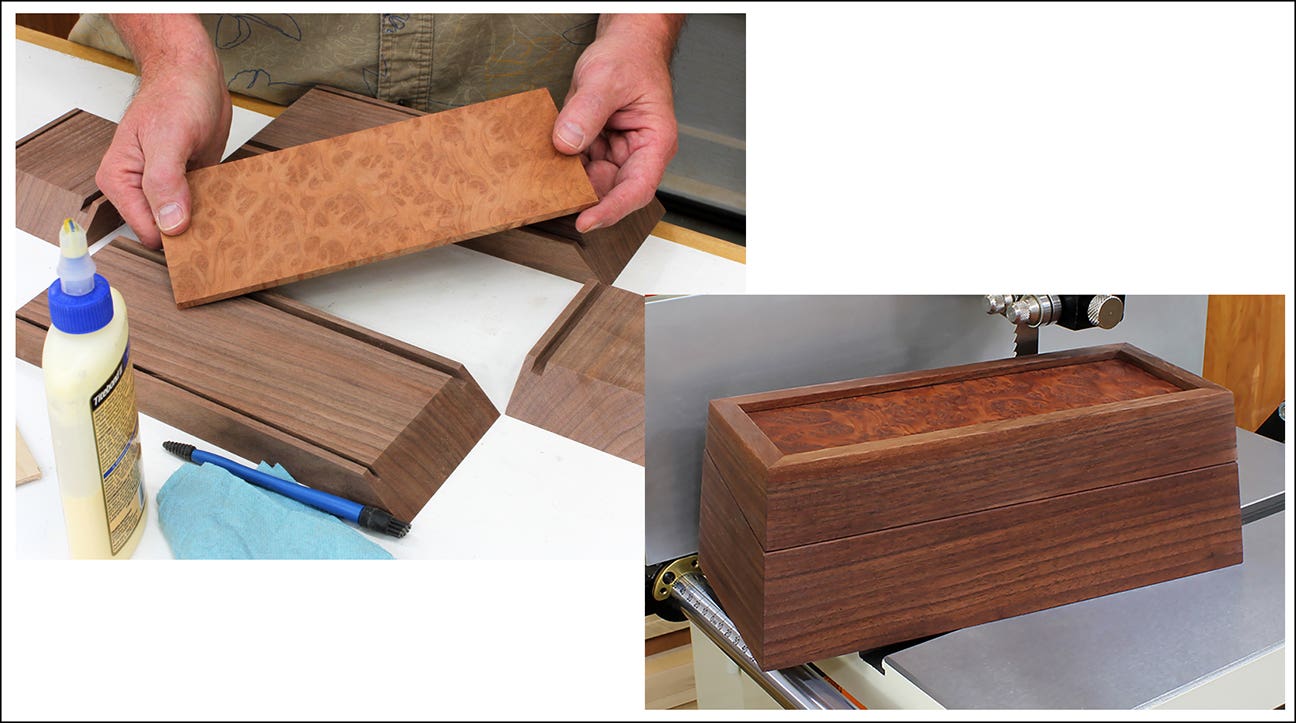The market is there
With the right pricing formula, there’s always someone ready to buy your work. Pricing isn’t mysterious. Typically, it’s a factor of time and materials. The cost of materials is set…
With the right pricing formula, there’s always someone ready to buy your work.
Pricing isn’t mysterious. Typically, it’s a factor of time and materials. The cost of materials is set by someone else, of course, but the value of your time is something only the maker can decide. Essentially, add the value of your time, plus the cost of materials, and you should arrive a price that is appealing to the buyer, and makes you some level of profit.
Other things figure in, of course, such as how unique your creations are, how readily available work like yours is, exceptional craftsmanship, the market’s willingness to buy, and the perceived value to the customer. It’s those last two factors that are trickiest.
Because half of what I do on the Internet involves woodworking, I get a number of woodworking-related ads and pop-ups. I got one last week that showed some very interesting electronic tie-ins from a Swiss maker called Yohann, so I checked out their website.
They only have a few products, all related to phones, tablets, laptops and the like. Beautifully made – and beautifully simple – stuff. Except for a headphone stand, all the items are designed with multiple planes on the bottom. With a device in place, the stand can be tilted front-to-back, changing the viewing and working angle of the device. You can see some examples in the photo above.
Their manufacturing process involves both hand and machine work, with the products themselves built in small shops in Germany and Italy. Pricing? It’s high.
The iPhone stand, for example, runs about $179; the laptop stand is $209. But here’s the thing: the company, started via Kickstarter in 2014, has seen a growth in sales over the past decade. To me, this proves you can sell woodworking products as a high-end product, if you carefully combine those factors I noted earlier: a unique product, beautiful craftsmanship, and a customer base ready to buy.
This Swiss company has done all that. You can, too.
A.J. Hamler is the former editor of Woodshop News and Woodcraft Magazine. He's currently a freelance woodworking writer/editor, which is another way of stating self-employed. When he's not writing or in the shop, he enjoys science fiction, gourmet cooking and Civil War reenacting, but not at the same time.


